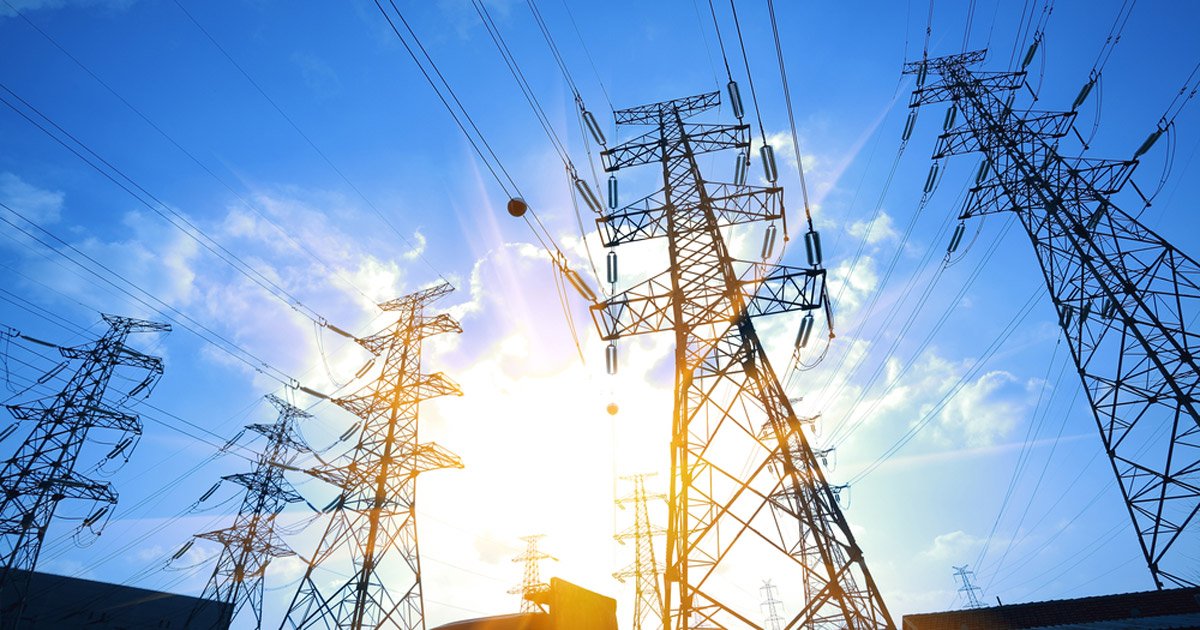Planning and amenity aspects of high voltage electricity transmission lines

Planning must implement environmental principles for ecologically sustainable development
The renewable energy generation under construction across Australia will generally be built in areas of good resources (such as wind, solar irradiation and water reserves). New transmission lines (also known as ‘dedicated connection assets’) will need to be built to connect the energy generation facility into the electricity network. These transmission lines will vary in length, depending on the location of the connection point.
It is recognised that like the generation facilities they support, these new transmission lines can alter the landscape and may impact on flora, fauna and heritage values. It is therefore important that those leading their development (proponents) undertake careful planning, design and stakeholder engagement to build and maintain the social licence to operate throughout the life of the project.
Environmental and Landscape values
Planning should help to protect the health of ecological systems and the biodiversity they support (including ecosystems, habitats, species and genetic diversity) and conserve areas with identified environmental and landscape values.
Planning must implement environmental principles for ecologically sustainable development that have been established by international and national agreements. Foremost amongst the national agreements is the Intergovernmental Agreement on the Environment, which sets out key principles for environmental policy in Australia. Other agreements include the National Strategy for Ecologically Sustainable Development, National Greenhouse Strategy, the National Water Quality Management Strategy, the National Strategy for the Conservation of Australia's Biological Diversity, the National Forest Policy Statement and National Environment Protection Measures.
Planning should protect, restore and enhance sites and features of nature conservation, biodiversity, geological or landscape value.
(Moorabool Planning Scheme May 2021: 12 - page 24)
Visual Amenity
Planning should consider the overall sensitivity of a particular viewing location to change in the visual environment as an important factor in undertaking an assessment of the potential visual impact of overhead transmission infrastructure. A viewing location with a higher level of sensitivity, such as a residential dwelling or significant landscape would be more susceptible to visual impacts than a viewing location with a lower sensitivity, such as an industrial property.
Visual impact should be assessed using a range of criteria against which the relative importance of each observer location is determined, including: context, setting, site elements, site character, adjacent development, distance to view (foreground, middle-ground and background), land use, visual prominence of the development, and potential changes to the view setting.
The landscape and visual amenity should have capacity to absorb further changes from transmission project development.
Amenity responsibilities
Network operators have a duty in formulating proposals for new development to “have regard to the desirability of preserving natural beauty, of conserving flora, fauna and geological or physiographical features of special interest and of protecting sites, buildings and objects of architectural, historic or archaeological interest; and shall do what [they] reasonably can to mitigate any effect which the proposals would have on the natural beauty of the countryside or on any such flora, fauna, features, sites, buildings or objects.”
(Schedule 9 Statement - Section 38 of the UK Electricity Act 1989, National Grid)
Rivers and streams
Rivers and streams often supply water for domestic and agricultural purposes. Inappropriate development, land clearing and sediment deposition from erosion can threaten riparian environments and water quality within the catchments.
(Moorabool Planning Scheme May 2021: 21.01-2 - page 157)

